Full Ghost of Tsushima map and all regions
Wondering how big the Ghost of Tushima map is? Take a look at all three regions
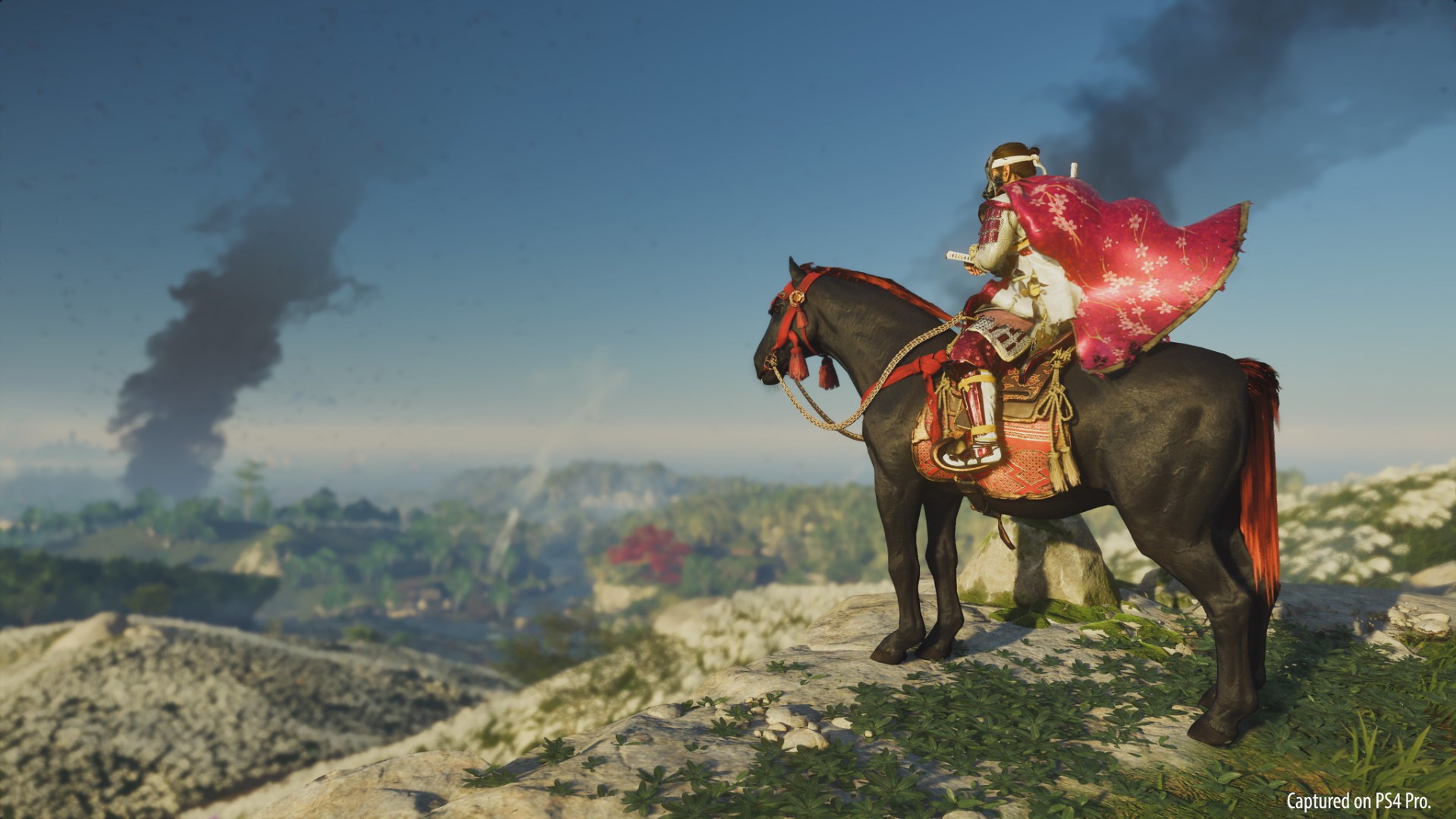
The Ghost of Tsushima map is a big one split into three separate regions, modelled (on a smaller scale) on the existing Japanese island of the same name. Each of the three areas - Izuhara, Toyotama, and Kamiagata - offer their own kind of environment, as well as their own perils, as your enemies develop new tactics and weaponry as you progress through their checkpoints along the island.
Ghost of Tsushima itself has a three act structure for its story, and effectively opens up a new region for each new act, so your ability to explore is very much determined by your progress through the story. Regardless, if you're out to see the island and find everything within it, here's the full map for Ghost of Tsushima.
Ghost of Tsushima full map

As you can see the full Ghost of Tsushima map is a long boy. The three regions - Izuhara, Toyotama, and Kamiagata - are roughly spaced out over equal thirds moving from top to bottom, with the game starting on the coast at the southern most point. Much of the progress then moves you up through the map, unlocking the next areas in line with the main acts of the story. The first two regions, Izuhara and Toyotama, are the most densely packed, with the bulk of the game's missions and activities. While Kamiagata is a little sparser, providing more of a staging ground for the final climatic battles of the campaign.
With that in mind, lets take a look at the three areas separately and see what they offer in terms of things to do, places to see and world building.
Ghost of Tsushima tips | Ghost of Tushisma armor | Ghost of Tsushima skills | Ghost of Tsushima supplies | How to get the Ghost of Tsushima grappling hook | Ghost of Tsushima Komatsu Forge | Ghost of Tsushima duels | Ghost of Tsushima Mythic Tales | Ghost of Tsushima charms
Ghost of Tsushima Izuhara map
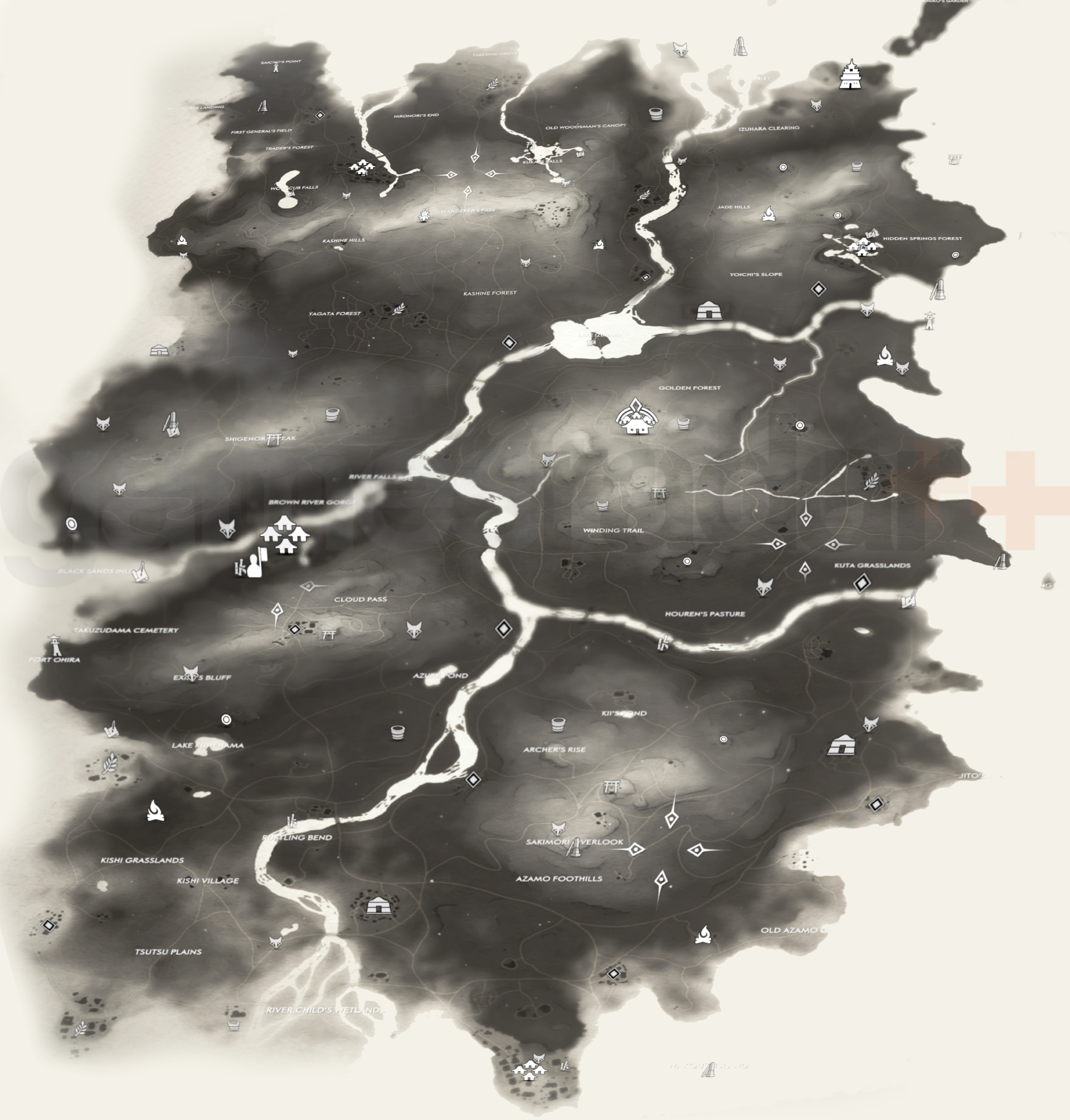
Izuhara is the first area you get to explore in Ghost of Tsushima. It's the largest, most densely populated section of the entire map, full of villages and settlements. It's also got the most hot springs and shrines you can discover to boost different character attributes. Because you'll be exploring here at the start of the story you'll mainly be encountering bandits as an enemy, with the Mongol hordes building in number once you leave. It's a temperate, forested area with lots of varied terrain and elevations to explore.
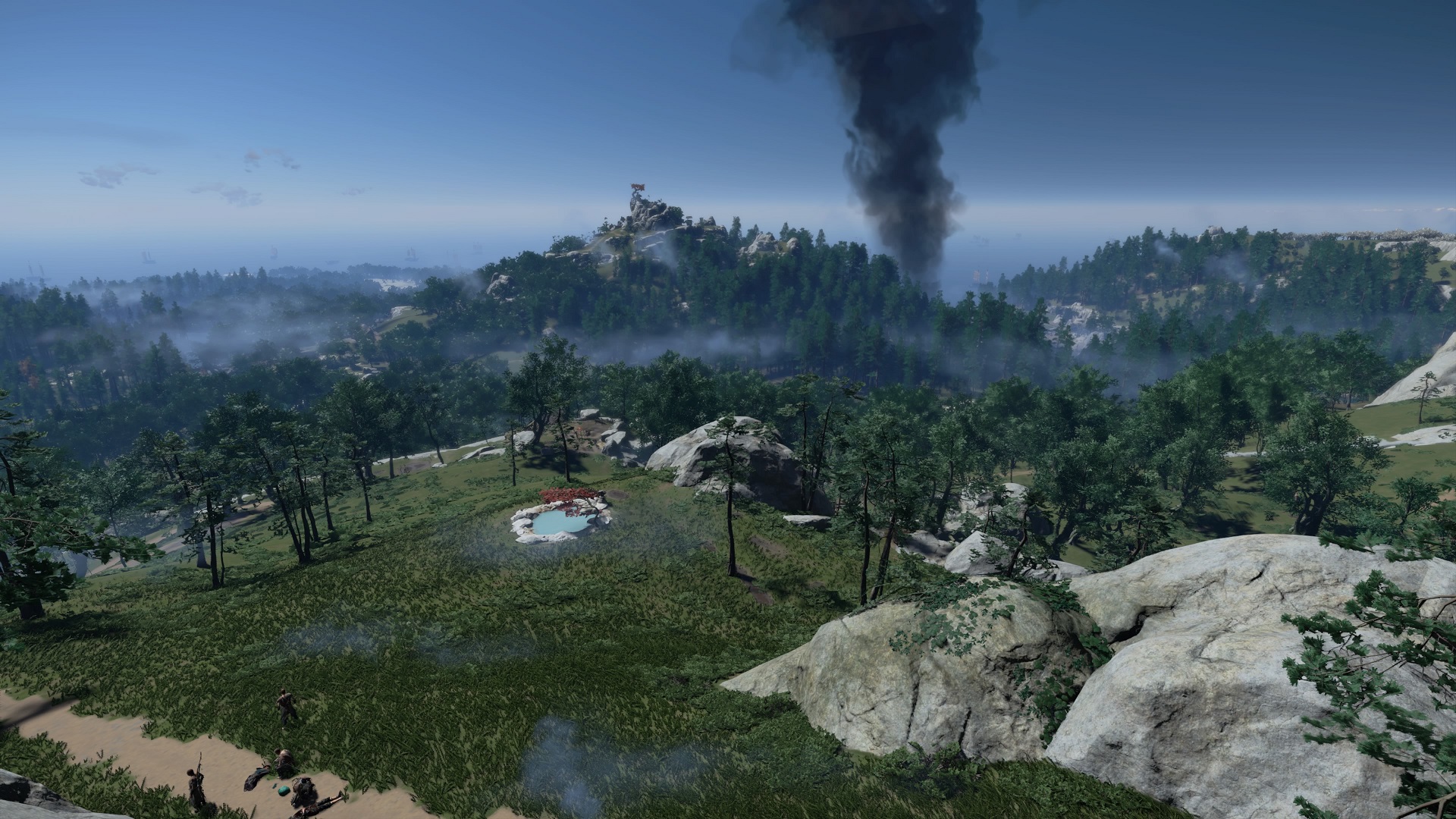
Ghost of Tsushima Toyotama map
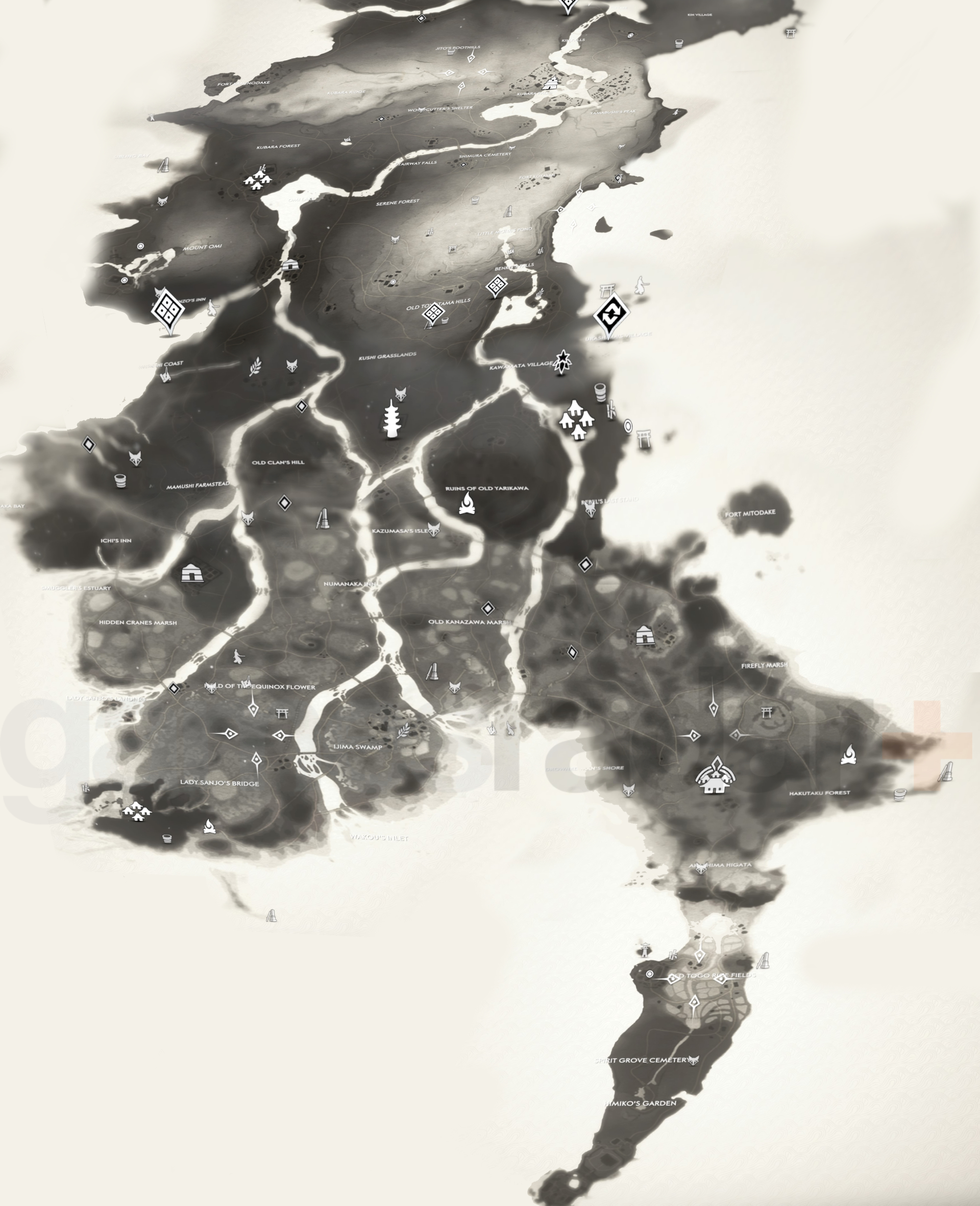
Toyotama is probably the most varied part of the Ghost of Tsushima map. It's a flatter, more humid area with lots of low farmland and water. It's still a fairly busy part of the map, with only slightly less in the way of villages and bases than Izuhara. However, given that you unlock this area as part of the escalation of your war with the Mongol invaders, there are more enemies to deal with, as well as encampments and captured locations to liberate.
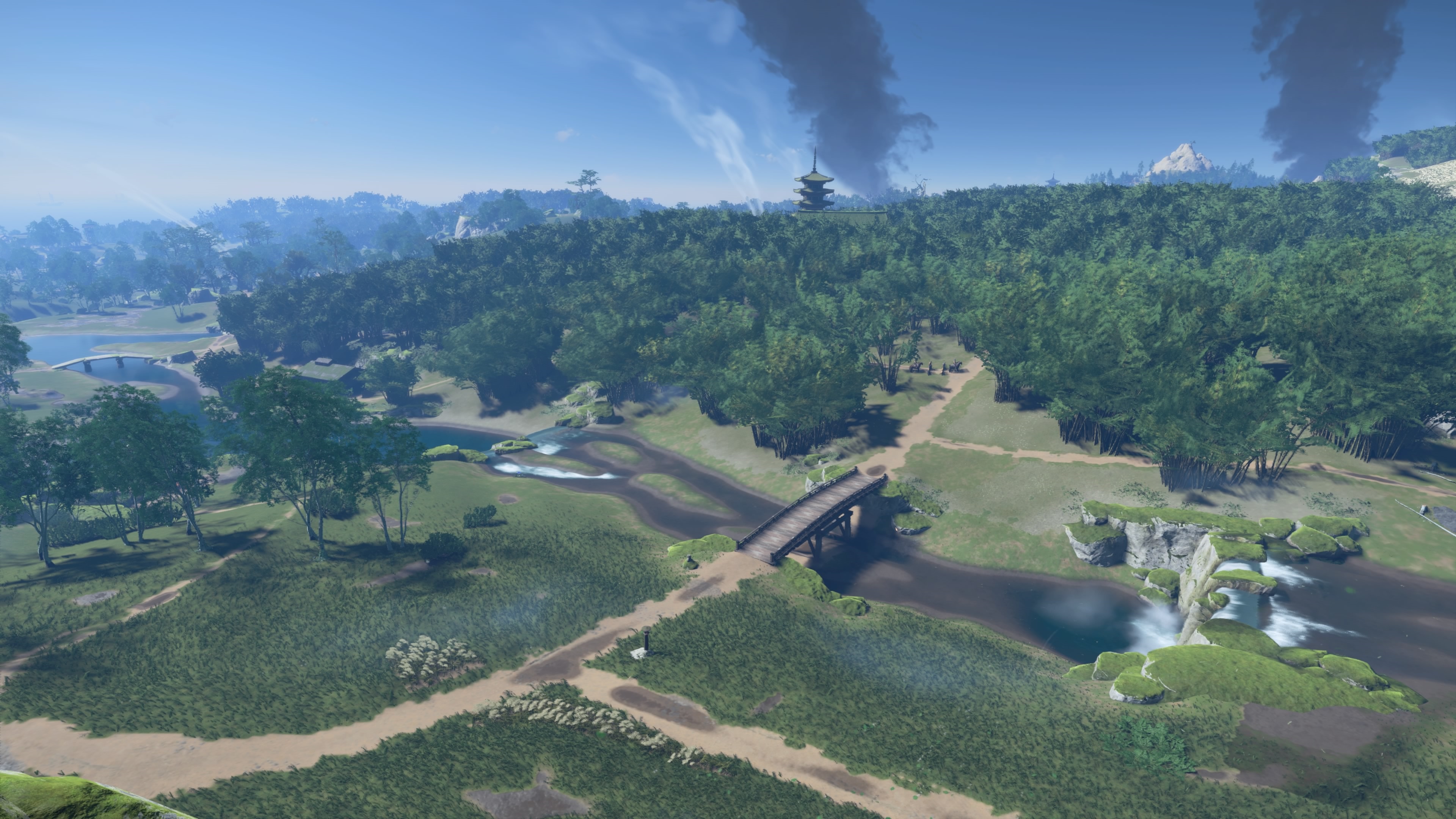
Ghost of Tsushima Kamiagata map
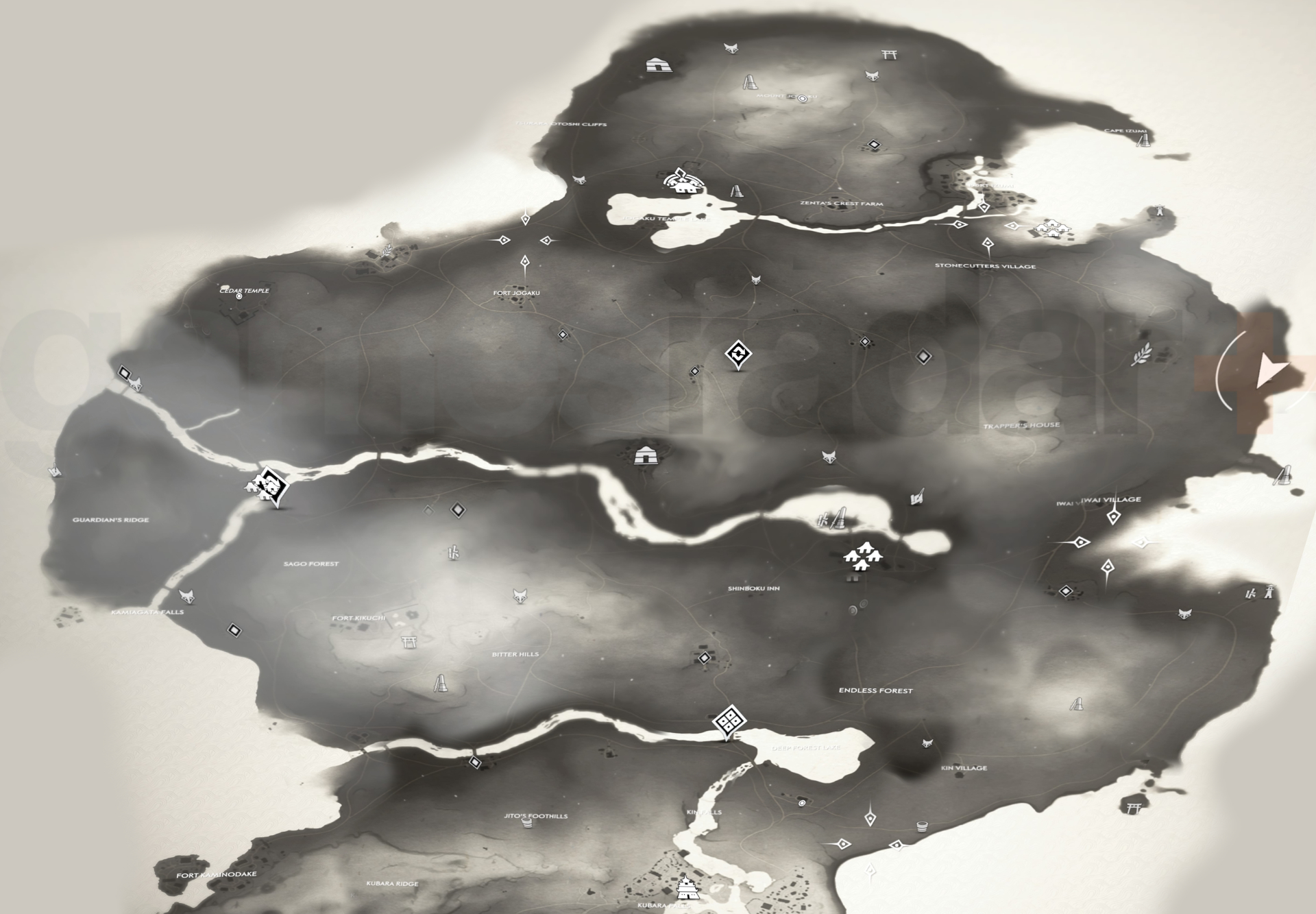
The third and final area you unlock, Kamiagata, is a sparse, icy place. There are still villages, shrines and bases to uncover, as well as enemy encampments but there a lot less than the last two areas. It's very much a staging ground for the games final climatic act. The combination of story focus and environment contributes to its somewhat emptier feel, although there are still locations to discover and encampments to attack. While ice and snow are its defining characteristic, the terrain is almost a mix of the previous two areas with mountains breaking up otherwise flat plains.
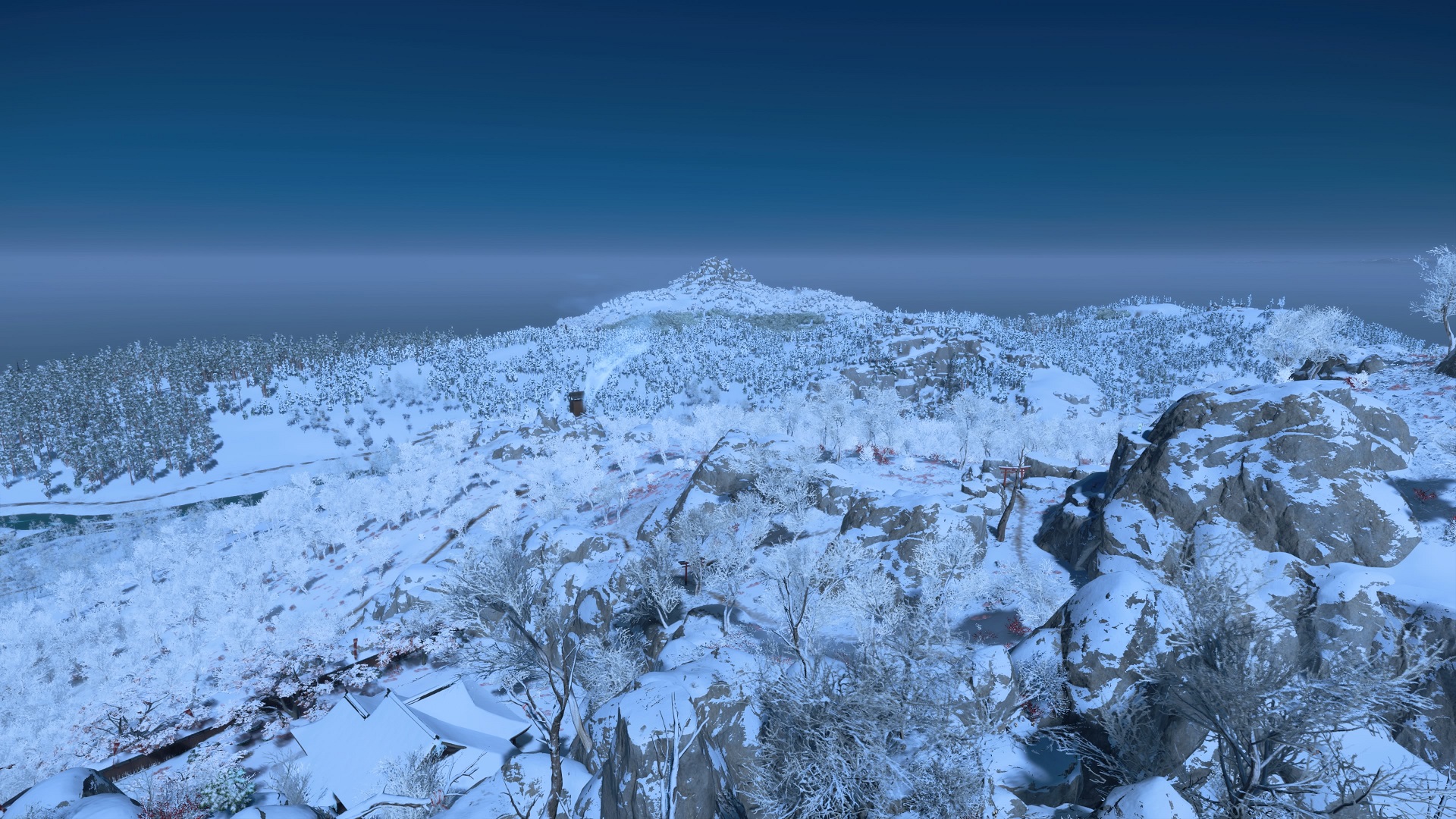
© GamesRadar+. Not to be reproduced without permission
Weekly digests, tales from the communities you love, and more

I'm GamesRadar's Managing Editor for guides, which means I run GamesRadar's guides and tips content. I also write reviews, previews and features, largely about horror, action adventure, FPS and open world games. I previously worked on Kotaku, and the Official PlayStation Magazine and website.


